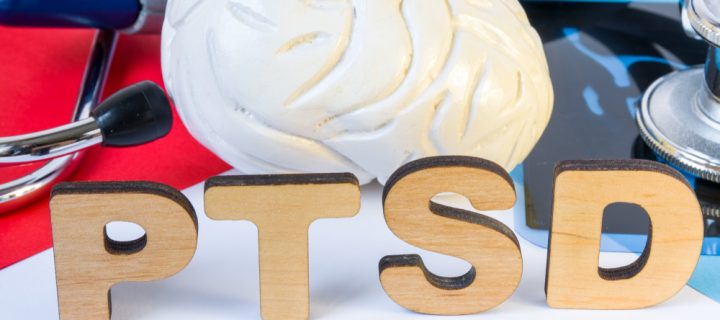Post-traumatic stress syndrome, the condition in which someone continues to experience mental and physical side effects caused by traumatic events in the past- is a condition that affects many in the world.
The National Center for PTSD estimates that almost 8 million people experience PTSD in the United States each year.
With self-dedication and support from loved ones, professionals and sometimes medications, PTSD is faced by many and people are able to make small steps forwards towards healing.
Are you suffering from PTSD? Not sure? Click here for a list of symptoms.
An important thing for sufferers of PTSD to remember is that they are not alone on their journey, and that they are not responsible for causing the side effects themselves.
Check out these five lesser-known facts about post-traumatic stress syndrome:
1) The Person Suffering Might Not Have Been There
Something to remember is that people with PTSD didn’t necessarily experience the traumatic event first-hand. Those who work at disaster sites such as emergency workers and friends or family of individuals who have experienced the trauma can also experience symptoms of post traumatic stress disorder as they see the aftermath or sympathize with the event.
2) It Isn’t Restricted to Experiences in War Zones
Post traumatic stress syndrome can affect individuals connected with all sorts of traumatic situations, and isn’t something that only affects soldiers returning from war, although many soldiers do experience PTSD.
Situations that can cause someone to suffer from PTSD can include natural disasters, car or plane crashes, terrorist attacks, the sudden and unexpected death of a loved one, childhood neglect, rape, kidnapping, assault, and sexual or physical abuse.
3) There Might Be Physical Symptoms, Too
Like depression, post traumatic stress disorder is something most closely associated with the brain, but it can also manifest itself physically. People suffering from PTSD can experience a variety of physical aches and pains, in addition to their emotional upheaval.
4) Children Can Get PTSD
We think of adults as having PTSD, but sadly, children can experience it, too. Children’s symptoms can be different from an adult’s and can include:
- a fear of being separated from parent,
- the loss of previously-acquired skills, like toilet training,
- problems sleeping and nightmares,
- sombre, compulsive play in which themes or aspects of the trauma are repeated,
- the appearance of new phobias and anxieties that seem unrelated to the trauma, like as a fear of monsters,
- acting out the trauma through play, stories, or drawings,
- physical aches and pains with no apparent cause and
- irritability and aggression.
5) It All Might Have Happened Years Ago and PTSD is Just Surfacing Now
Experts say that post traumatic stress syndrome often surfaces in an individual hours or days after the traumatic event, but it can sometimes take weeks, months, or even years before any symptoms surface. Every individual is different.
Some people re-experience the trauma in their mind, others develop an emotional detachment towards life sensing a limited future for themselves, and yet others experience increased anxiety and emotional arousal. Some individuals have a mix of some of all symptoms.
If you or someone you know is experiencing PTSD, contact a doctor, mental health professional or click here for more information.
Photo credit: Shidlovski/Shutterstock












